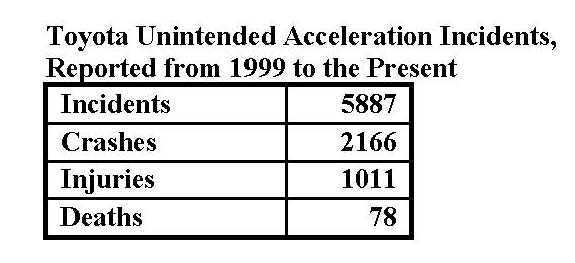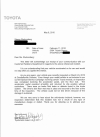Toyota’s announcement that it is the subject of a federal criminal probe in the relay rod recalls begs a question: Will it be the first automaker to be criminally prosecuted under the Transportation Recall Enhancement, Accountability and Documentation (TREAD) Act?
Today, the automaker released – via a statement to the Tokyo Stock Exchange – the news that a federal grand jury in New York had subpoenaed the company on June 29 for documents regarding relay rod failures.
Toyota said: “The company and our subsidiaries will cooperate with the investigation with sincerity.” Continue reading

